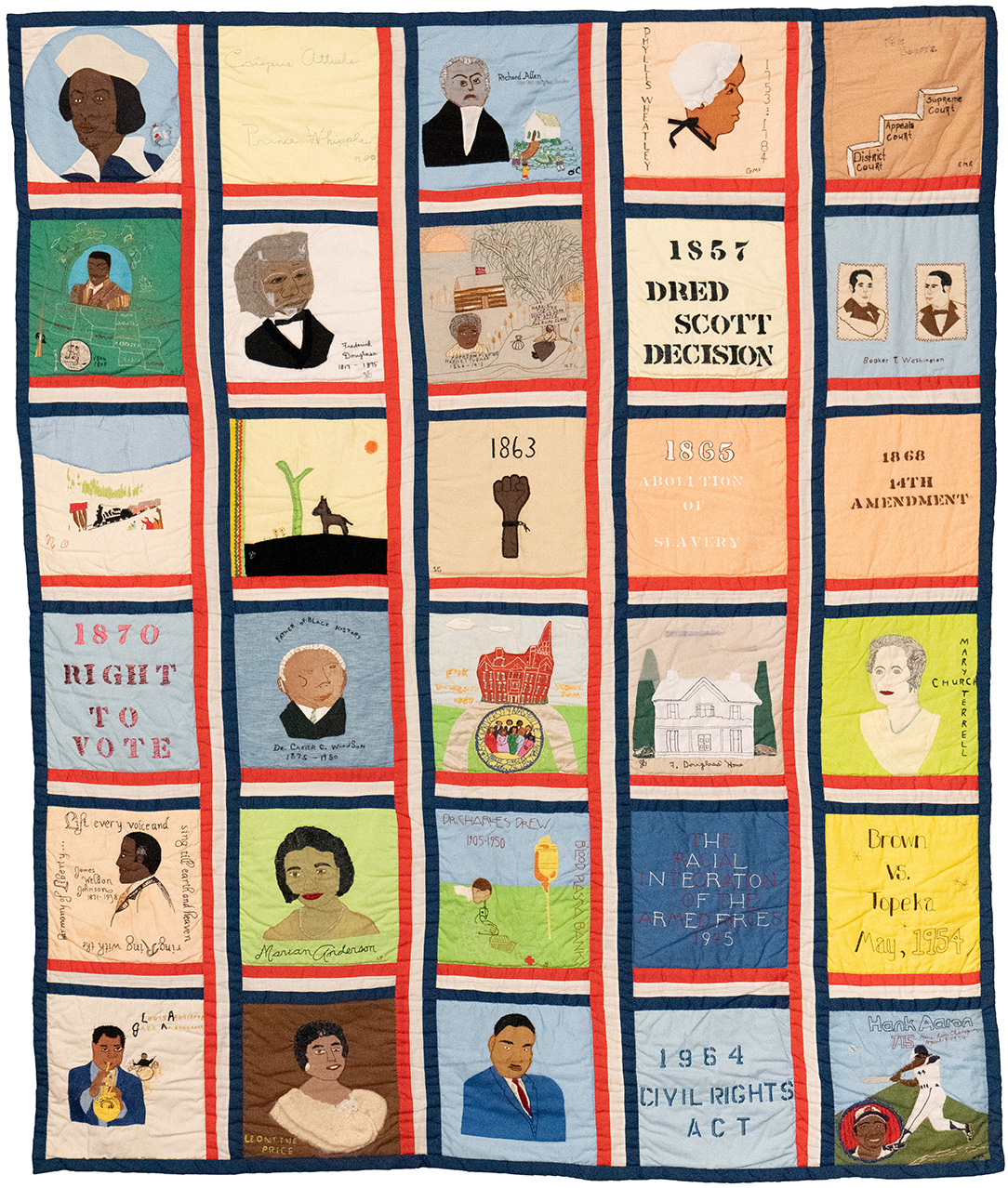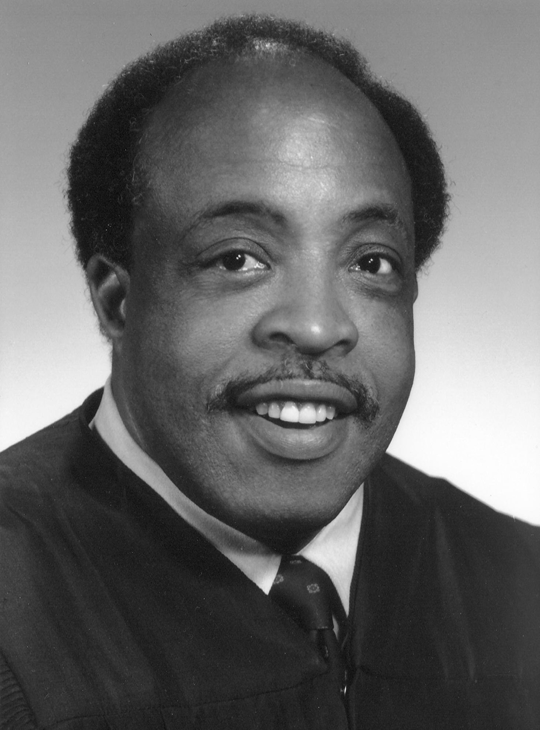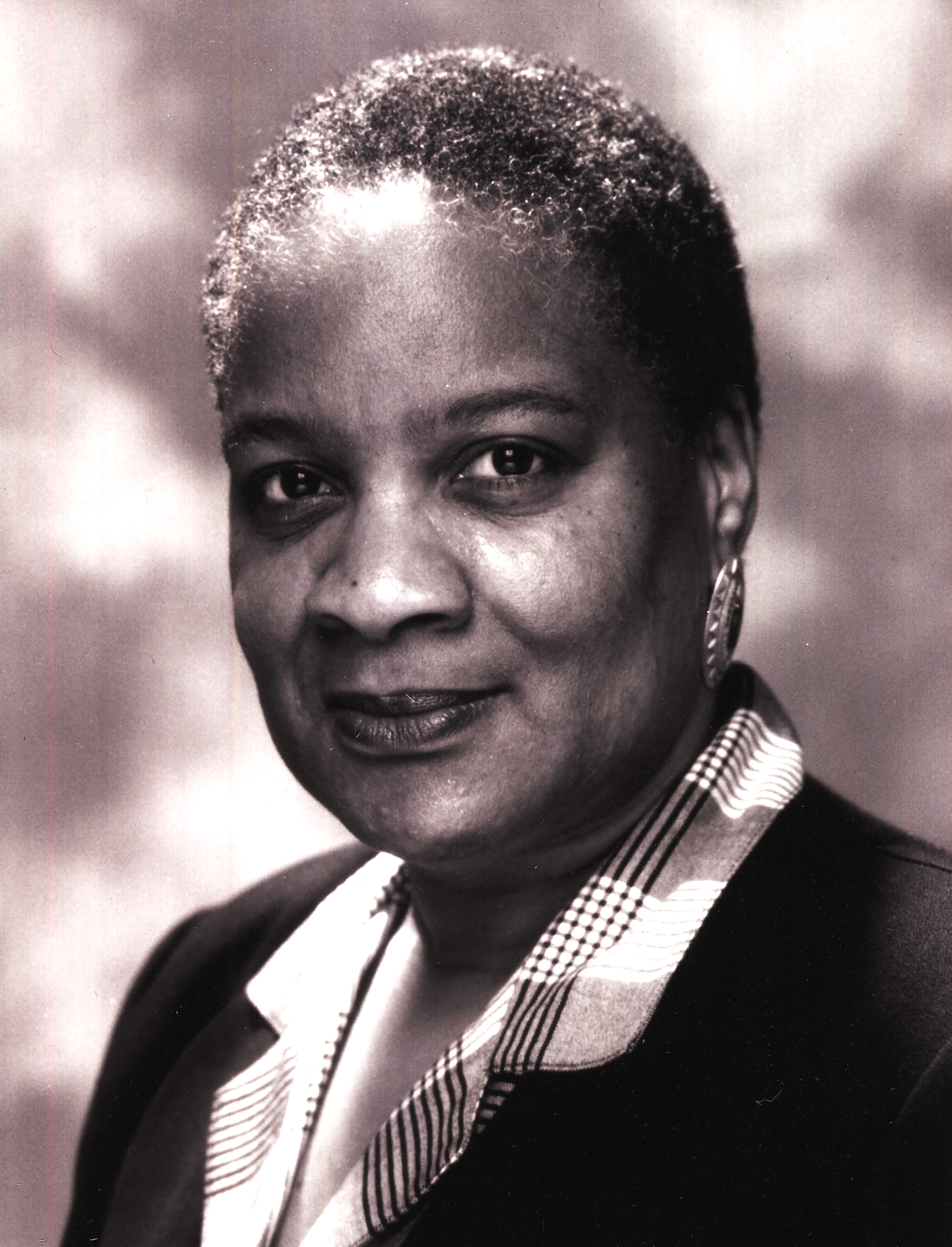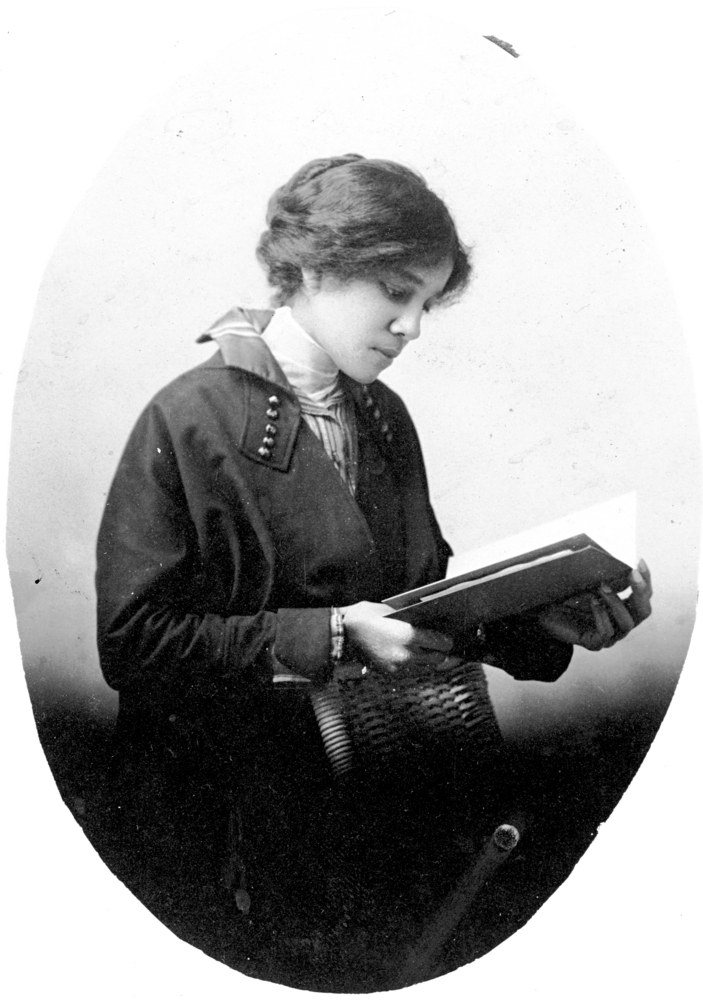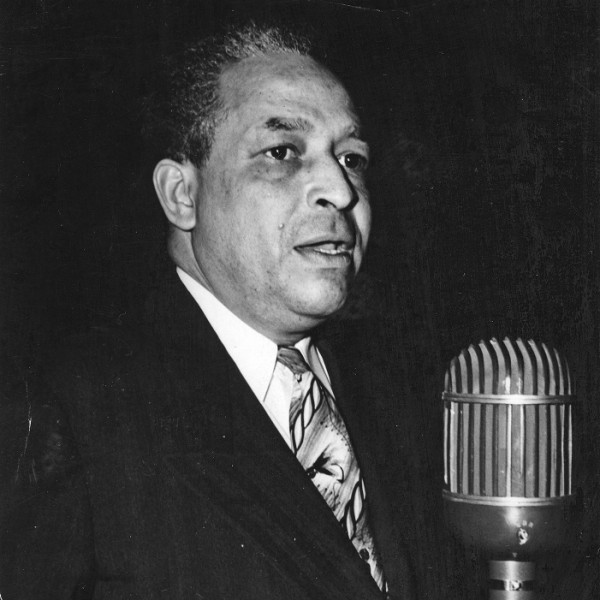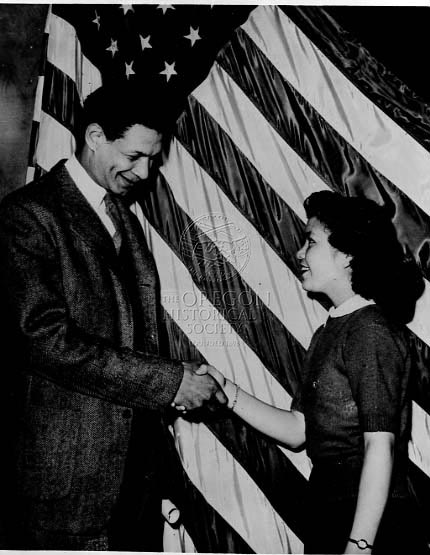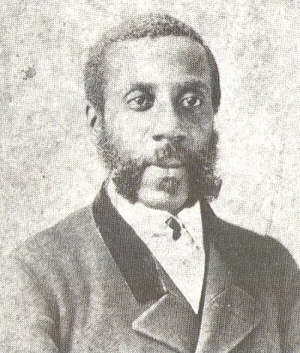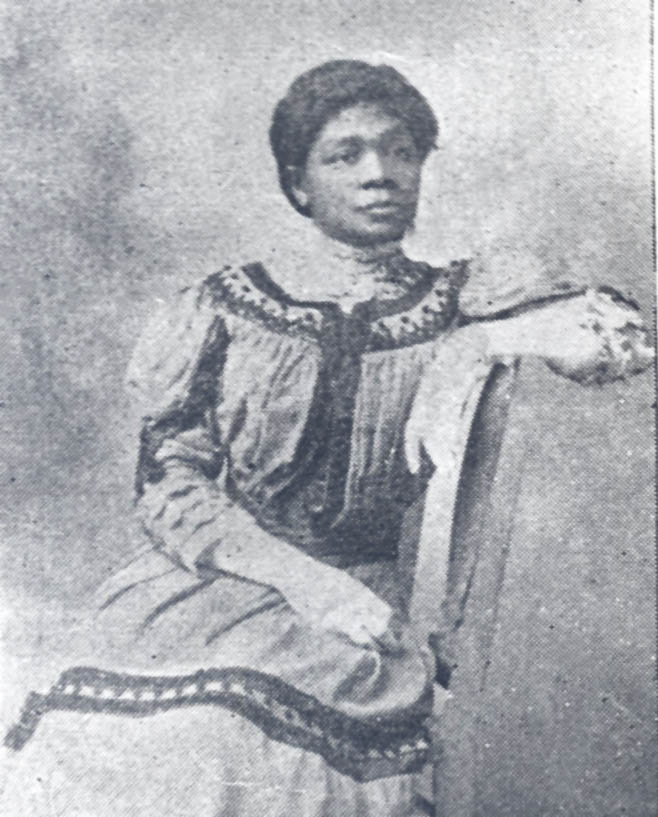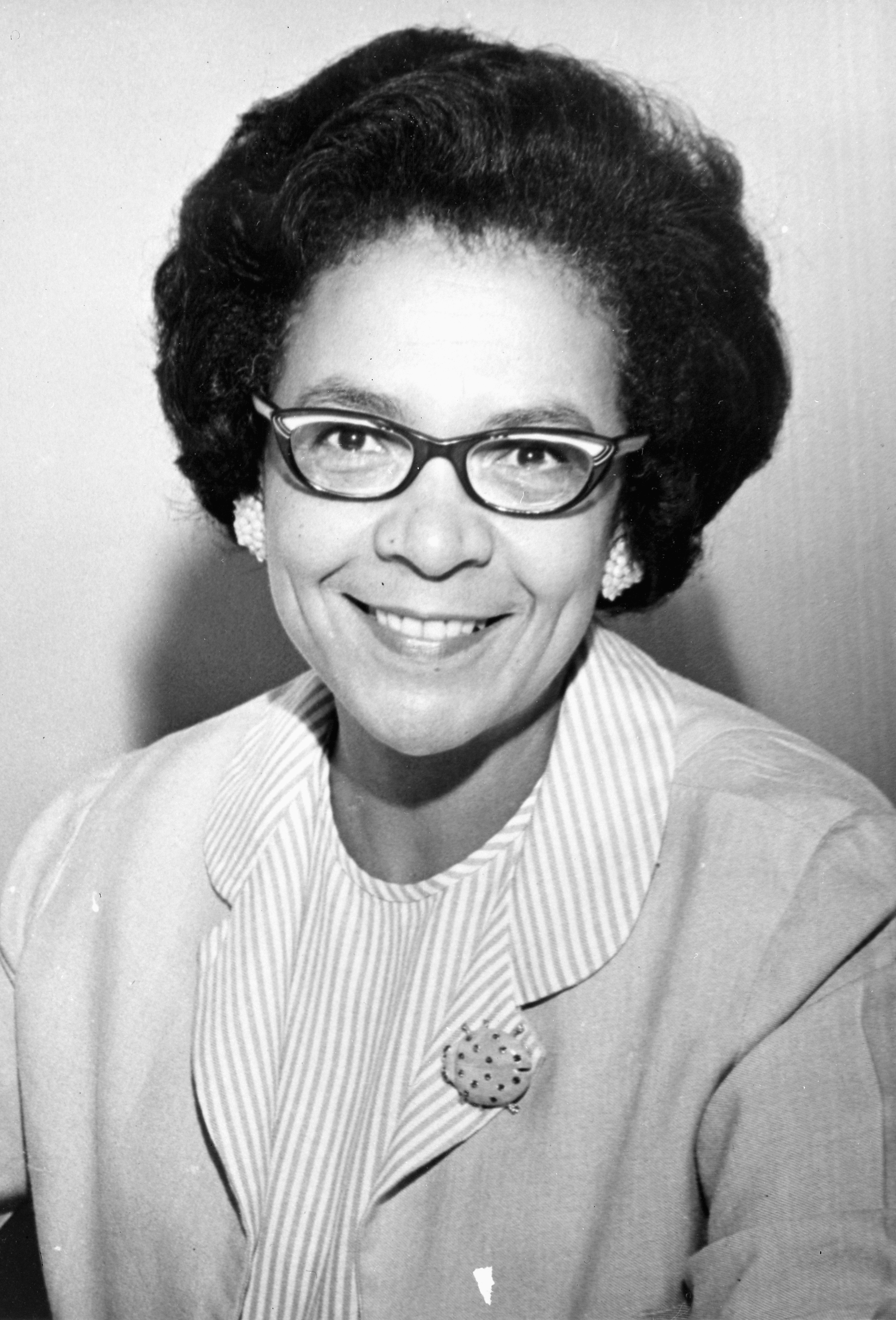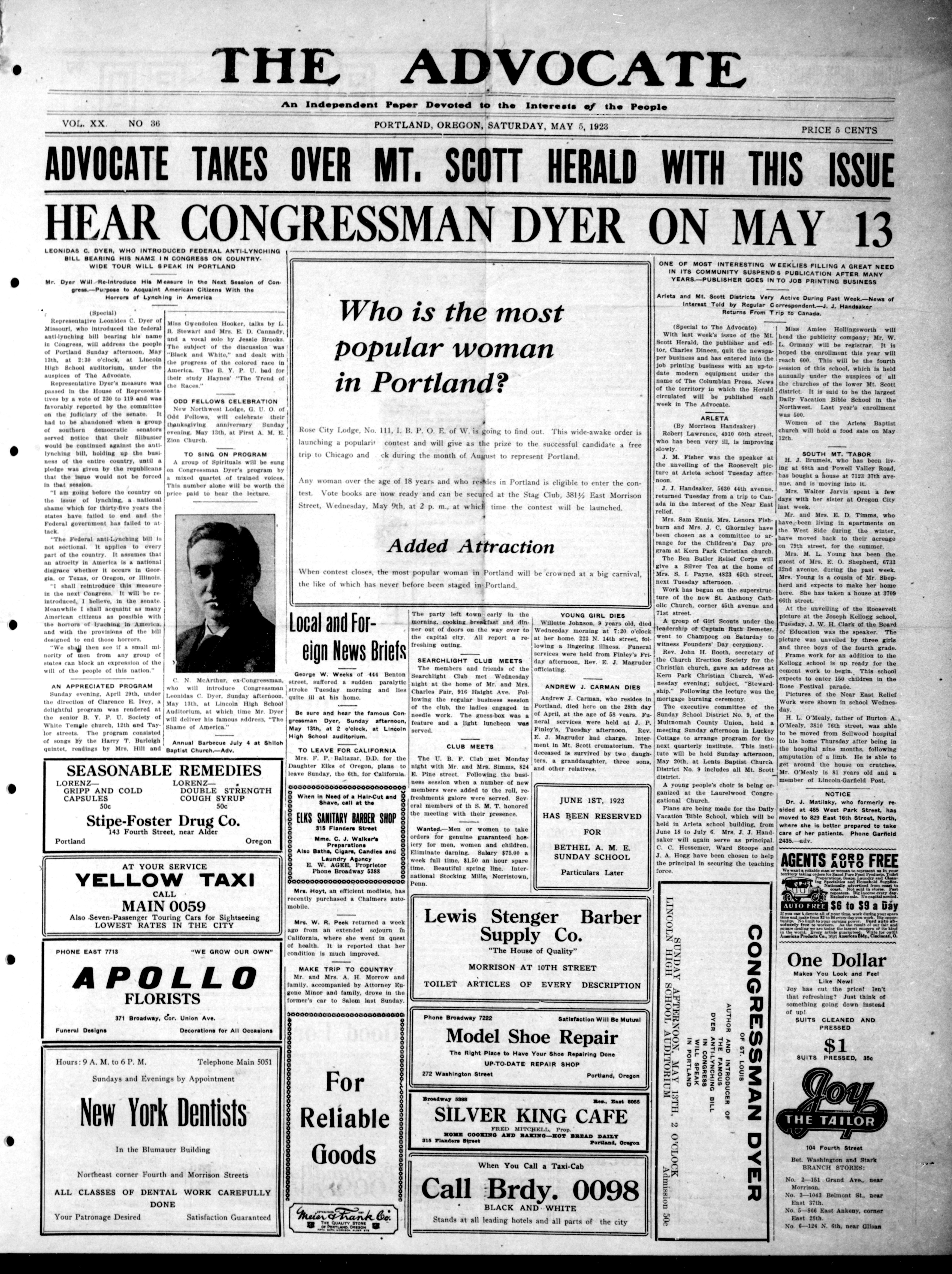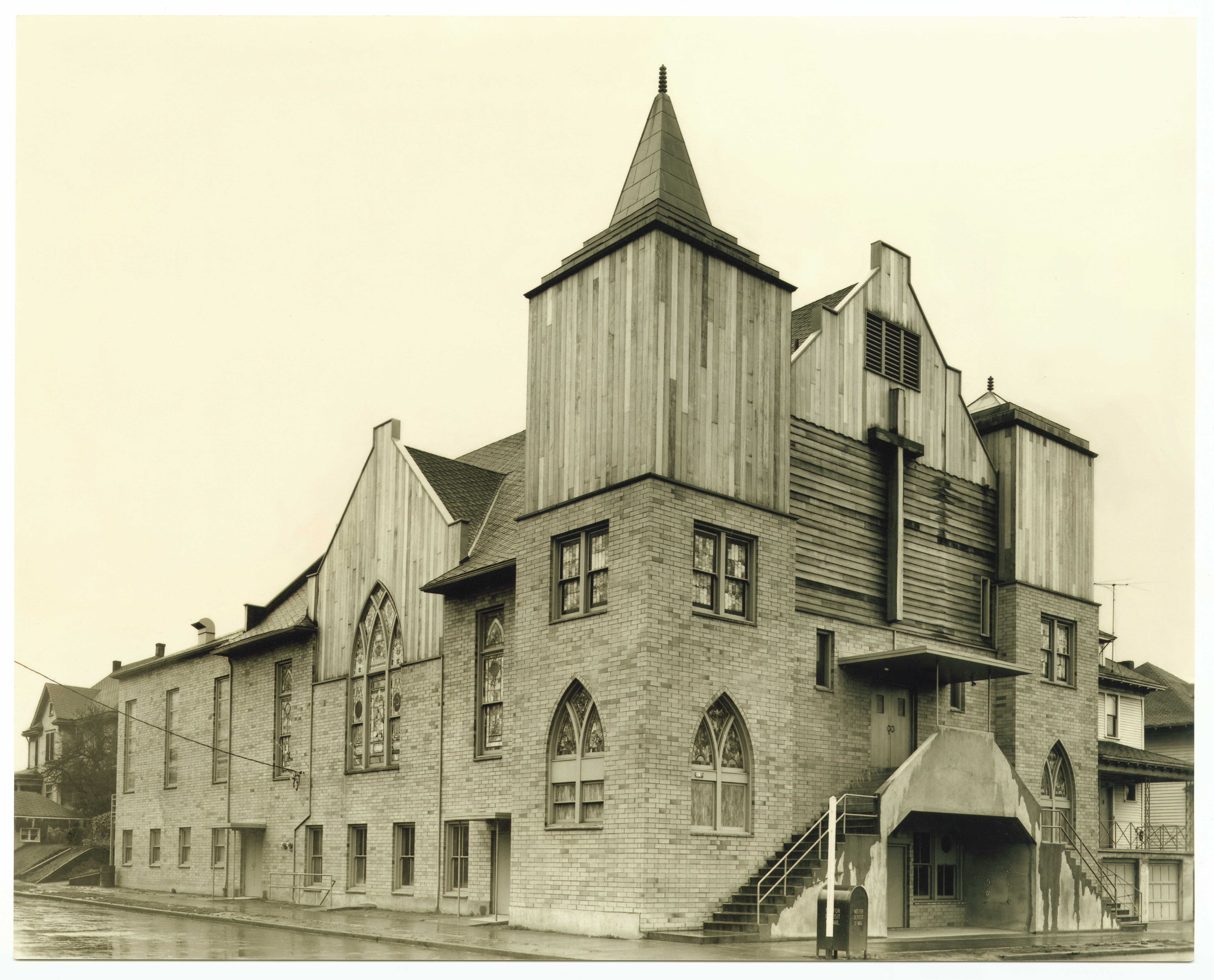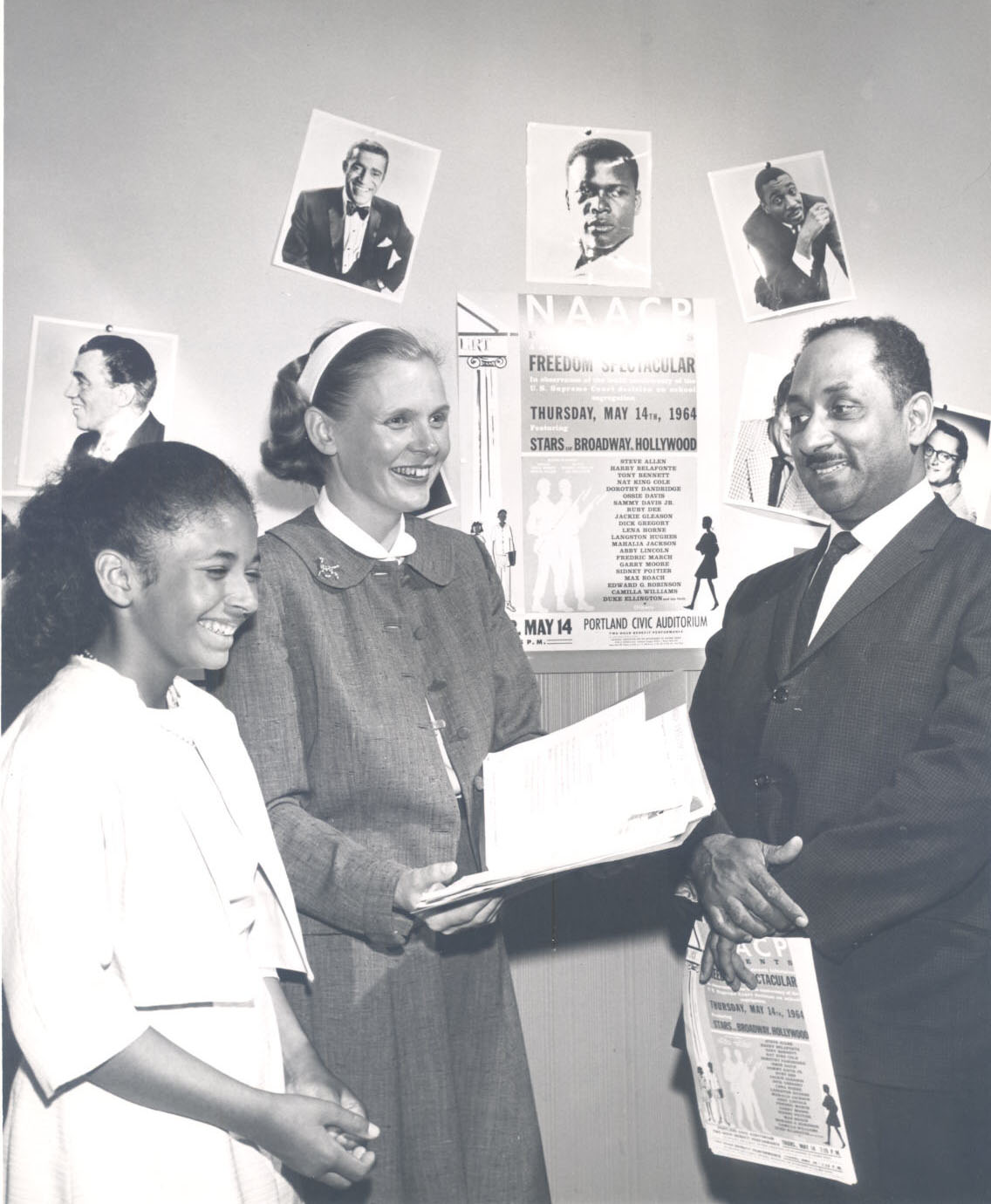
Black Civil Rights in Oregon
Origins of a Civil Rights Movement, by William Toll
Just as Portland's commercial and entertainment foundations began to shift, so too did its population. The influx of war workers, including unprecedented number of Blacks, turned the white population’s indifference to a tiny minority into fear of a new “race problem.” The meaning of race relations shifted rapidly in Portland, as in Seattle, Oakland, and Los Angeles. What had been a cultural and legal resistance by white Americans to a feared invasion by Asians was superseded by the more familiar effort by white Americans to segregate and demean African Americans. As Richard Neuberger again noted, “Jittery police officers, untrained in race relations, shot at Negroes for mere misdemeanors, and for the first time Portland found itself clutched by racial tensions.”
African Americans had a long history of challenging denials of their civil rights. In Portland, the civil rights struggle was led by Dr. DeNorval Unthank, Edwin C. “Bill” Berry of the Urban League, several ministers, and members of the Sleeping Car Porter’s union. These leaders and their struggles would parallel the larger national struggle for access to public accommodations, private housing, a respite from police intimidation, and basic human rights.
Portland (OR) Civil Rights KOIN News Pull - MI# 07523 (R4)
-
![]()
NAACP parade for Medgar Evers, 1963, in Portland.
-
![]()
Bill Berry in his Urban League Office, Portland.
-
![]()
Geraldine Avery, the first Black matron in Portland, 1955.
-
![]()
Rudon Pierson, Patricia Hayes, and Dan Neal, 1975.
The Oregon Association of Colored Women’s Clubs scholarship recipients.
-
![]()
Lorinne Brown, VISTA volunteer for the Valley Migrant League, 1966.
Oregon Historical Society Library, Valley Migrant League photographs, Org. Lot 74, Box 3, neg. 0212
-
![]()
Thelma Johnson Streat, artist and activist, 1945.
-
![]()
African American war industry workers at meeting, Portland (?), 1942.
-
![]()
Members of the Katherine Gray Club pack canned food into a box during a meeting in 1956..
Katherine Gray, along with Hattie Redmond, co-founded the Colored Women’s Equal Suffrage League and worked with Beatrice Cannady to protest the showing of “Birth of a Nation,” the racist 1915 film by D.W. Griffith. She was also the president of the Oregon Federation of Colored Women’s Clubs, which created a club in her honor.
-
![]()
Eva May Poole, first Black member of the Women's Army Auxiliary Corps in Portland, 1942.
On The OE
-
![Afro-American Heritage Bicentennial Commemorative Quilt]()
Afro-American Heritage Bicentennial Commemorative Quilt
The Afro-American Bicentennial Commemorative Quilt, in the collections …
-
![Ancer L. Haggerty (1944–)]()
Ancer L. Haggerty (1944–)
Ancer L. Haggerty was the first African American to become a partner in…
-
![Avel Gordly (1947-)]()
Avel Gordly (1947-)
In 1996, Avel Louise Gordly became the first African American woman to …
-
![Beatrice Morrow Cannady (1889–1974)]()
Beatrice Morrow Cannady (1889–1974)
Beatrice Morrow Cannady was the most noted civil rights activist in ear…
-
![DeNorval Unthank (1899-1977)]()
DeNorval Unthank (1899-1977)
In 1929, Portland was a city deeply divided. Its small population of Af…
-
![Edwin C. (Bill) Berry (1910–1987)]()
Edwin C. (Bill) Berry (1910–1987)
Bill Berry, a leader in the Urban League for nearly thirty years, was t…
-
![George Putnam Riley (1833–1905)]()
George Putnam Riley (1833–1905)
Identified by the Oregonian as the “Fred[erick] Douglass of Oregon,” Ge…
-
![Harriet "Hattie" Redmond (1862-1952)]()
Harriet "Hattie" Redmond (1862-1952)
Harriet “Hattie” Redmond was a leader in the long struggle for Oregon w…
-
![Mercedes Deiz (1917–2005)]()
Mercedes Deiz (1917–2005)
Mercedes Deiz was a trailblazer in the Oregon legal community. She was …
-
![The Advocate]()
The Advocate
From 1903 until about 1938, the Advocate recorded incidents of racism a…
-
![Vancouver Avenue First Baptist Church]()
Vancouver Avenue First Baptist Church
The history of the Vancouver Avenue First Baptist Church of Portland is…
-
![William McClendon (1915-1996)]()
William McClendon (1915-1996)
William McClendon was a writer, journalist, intellectual, activist, and…












